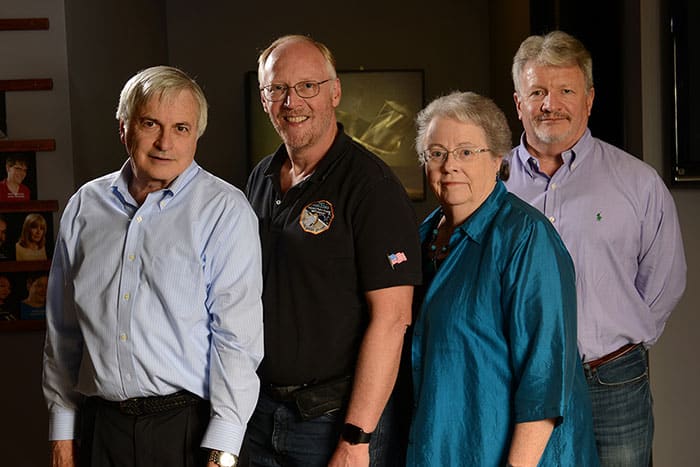Flash Physics is our daily pick of the latest need-to-know developments from the global physics community selected by Physics World‘s team of editors and reporters

Diamond defects create randomly polarized photons
The first practical source of a randomly polarized stream of single photons has been created by physicists in Japan. The source is based on a negatively charged defect in diamond in which two adjacent carbon atoms are replaced by a nitrogen atom and a vacant lattice site. These “NV centres” have several properties that could make them useful for creating quantum-information systems – including the ability to emit single photons on demand. To date, work on single-photon sources has focused on supplying photons that are in specific polarization states. This is because quantum information can be encoded and transmitted in such polarization states. There are certain applications, however, that would benefit from a stream of photons in which the polarizations of successive photons are truly random and uncorrelated. Now, Keiichi Edamatsu, Naofumi Abe and colleagues at Tohoko University have shown that NV centres with a certain orientation with respect to the diamond lattice will emit randomly polarized photons. Writing in Scientific Reports, the team says that its source could find use as a random-number generator and also for performing tests on fundamental aspects of quantum mechanics.
J/ψ measurement reveals flaw in collision simulations

The production of J/ψ mesons in proton collisions in the Large Hadron Collider (LHC) at CERN does not agree with predictions made by a widely used computer simulation. That is the conclusion of physicists working on CERN’s LHCb experiment who have studied the jets of hadrons that are created when protons collide at 13 TeV. These jets contain large numbers of J/ψ mesons, which comprise a charm quark and a charm anti-quark. The LHCb team was able to measure the ratio of the momentum carried by the J/ψ mesons to the momentum carried by the entire jet. It was also able to discriminate between J/ψ mesons that were created promptly by the collision and J/ψ mesons that were created after the collision by the decay of other particles. Analysis of the data reveals that PYTHIA – a Monte Carlo simulation used to model high-energy particle collisions – does a poor job at predicting the momentum carried by prompt J/ψ mesons. The possibility of such a discrepancy had already been identified in theoretical work and has now been confirmed experimentally. The apparent shortcomings of PYTHIA could have a significant effect on how particle physics is done because the simulation is used both in the design of collider detectors and also to determine which measurements are most likely to reveal information about physics beyond the Standard Model of particle physics. The measurement is described in Physical Review Letters.
SETI Institute honours its first fellows

The Search for Extraterrestial Intelligence (SETI) Institute has named its first fellows. Seth Shostak, Mark Showalter and Edna DeVore were honoured at SETI’s first annual gala fundraiser for their contributions to scientific research and outreach. Shostak has been with SETI for 26 years as its senior astronomer, overseeing the radio-observing programmes. He also hosts SETI’s radio show and podcast, and is the editor for the institute’s magazine Explorer. Senior scientist Showalter specializes in planetary rings and moons. Over the course of his 12 years at SETI, he has discovered three planetary rings and six moons, including Saturn’s Pan and Pluto’s Kereros and Styx. DeVore is the institute’s director of education and during her 25 years at SETI she also served as acting chief executive for two years. She has led outreach and education projects for NASA missions, including SOFIA and Kepler, and oversees the Research Experience for Undergraduates programme, funded by the National Science Foundation. “Mark, Edna and Seth have distinguished themselves throughout their careers through groundbreaking work and an uncompromising commitment to excellence and innovation,” says William Diamond, who heads the SETI Institute.
- You can find all our daily Flash Physics posts in the website’s news section, as well as on Twitter and Facebook using #FlashPhysics.



